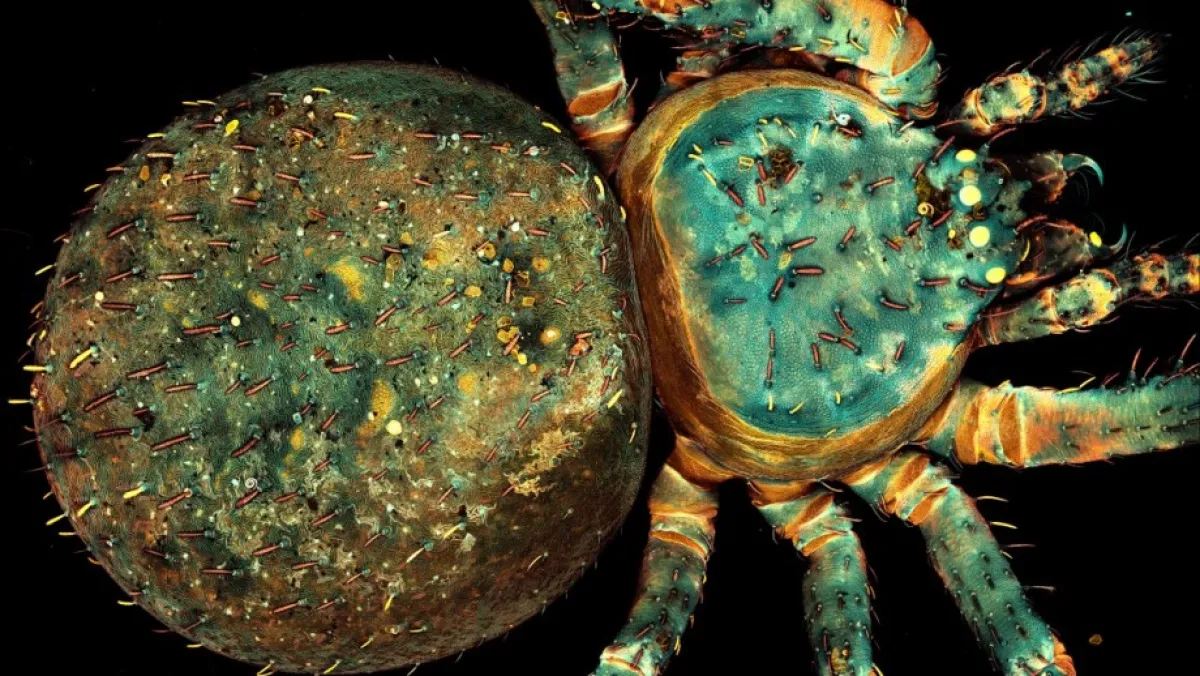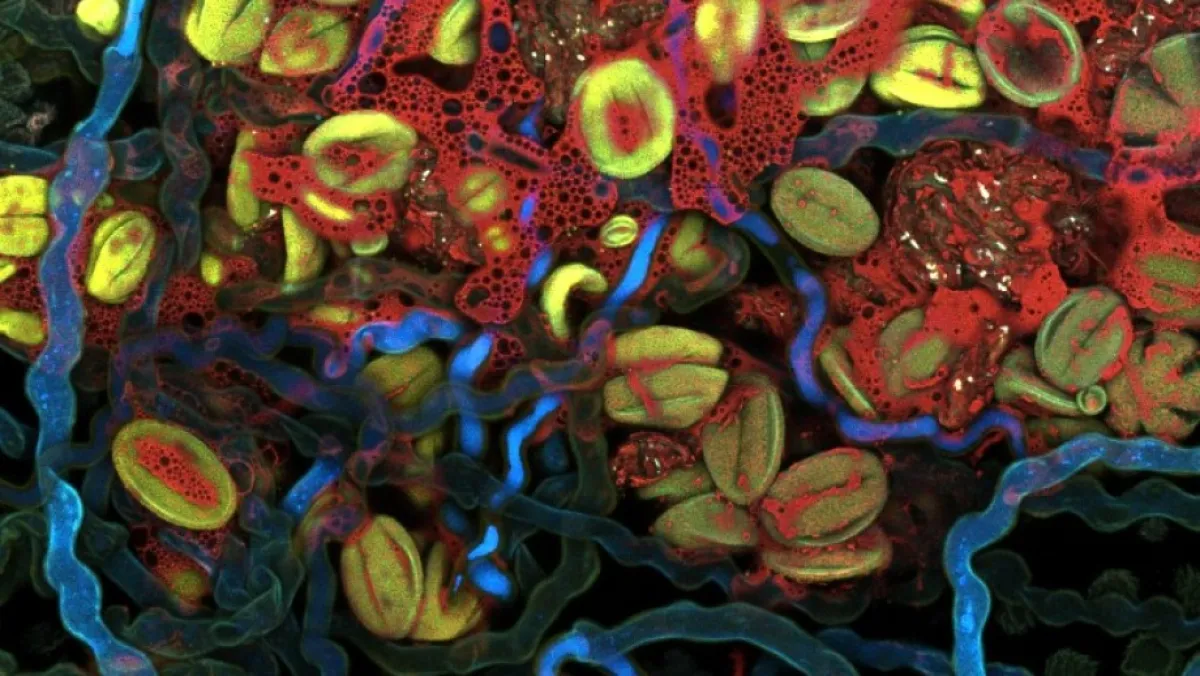
Leica Stellaris 8
The Leica Stellaris 8 is a cutting-edge laser scanning confocal microscope designed for high-resolution imaging of biological specimens and processes
Facilities
Contact
About
The Leica Stellaris 8 is a cutting-edge laser scanning confocal microscope designed for high-resolution imaging of biological specimens and processes (including cell signalling, protein-protein interactions, and membrane dynamics). Key features of the Stellaris 8 include:
Super-resolution
Leica's fully automated LIGHTNING software performs adaptive image reconstruction at near real time, and extends the achievable resolution of the Stellaris confocal to a lateral resolution of 140 nm and axial resolution down to 400 nm.
High sensitivity
The system is equipped with the Power HyD family of detectors including two core HyD S detectors; two HyD X detectors specialised for FLIM; and a HyD R detector specialised for near infrared detection, up to 850 nm. All detectors offer single photon counting capabilities and are exceptionally sensitive, with photon detection efficiencies more than double that of traditional PMT detectors.
Multi-color imaging
In addition to 405 nm Diode, and 488 nm OPSL lasers, the Stellaris 8 has a next-gen Supercontinuum White Light Laser (WLL) that can be tuned to any excitation wavelength between 440 nm to 790 nm. This allows for exact matching of fluorophore targets and multi-color imaging of up to 10 fluorescent channels at a time.
High speed imaging
The system is equipped with a resonant scanner capable of capturing multi-channel images at speeds of up to 16,000 lines a second (28 fps @ 512x512) over a 13mm field of view. Enabling the imaging of dynamic biological processes over large areas.
Super Z Galvo stage
High speed, high accuracy Z stage supports XZ scanning and synchronised galvo flow sweeping for non-stop, high speed, 4D imaging of live specimens.
Live-cell imaging
The Stellaris 8 is equipped with a stage-top incubator that allows for live-cell imaging under controlled environmental conditions. As an inverted system with a specialised long working distance objective lens, it is also capable of imaging live cell cultures in situ through the base of multi-well plates. Adaptive Focus Control (AFC) ensures your sample stays in focus
Flexible imaging modes
The system supports a variety of imaging modes, including fluorescence resonance energy transfer (FRET), fluorescence lifetime imaging microscopy (FLIM), and spectral imaging.
- FLIM. Fluorescent lifetime imaging on the Stellaris 8 is easier than ever before with FALCON enabling almost real-time calculation, analysis, and visualisation of lifetime data.
- TauSense. In addition to FALCON, Leica's TauSense technology allows real-time separation of fluorescence lifetimes based on photon arrival time while imaging. TauSense allows easy removal of unwanted autofluorescence, and separation of fluorescent targets with similar spectra.
Objectives
The Stellaris 8 by default is equipped with six lenses from 10X 0.4NA to 63X 1.4NA. A 40X LWD lens is also available.

Image 1: Hidden details of a small spider: Separate autofluorescence lifetimes within the exoskeleton of a small spider. By TauSeparation.

Image 2: Lavender anther: Autofluorescence lifetimes split by TauSeparation of pollen and pollen tubes within the anther of a lavender flower.
